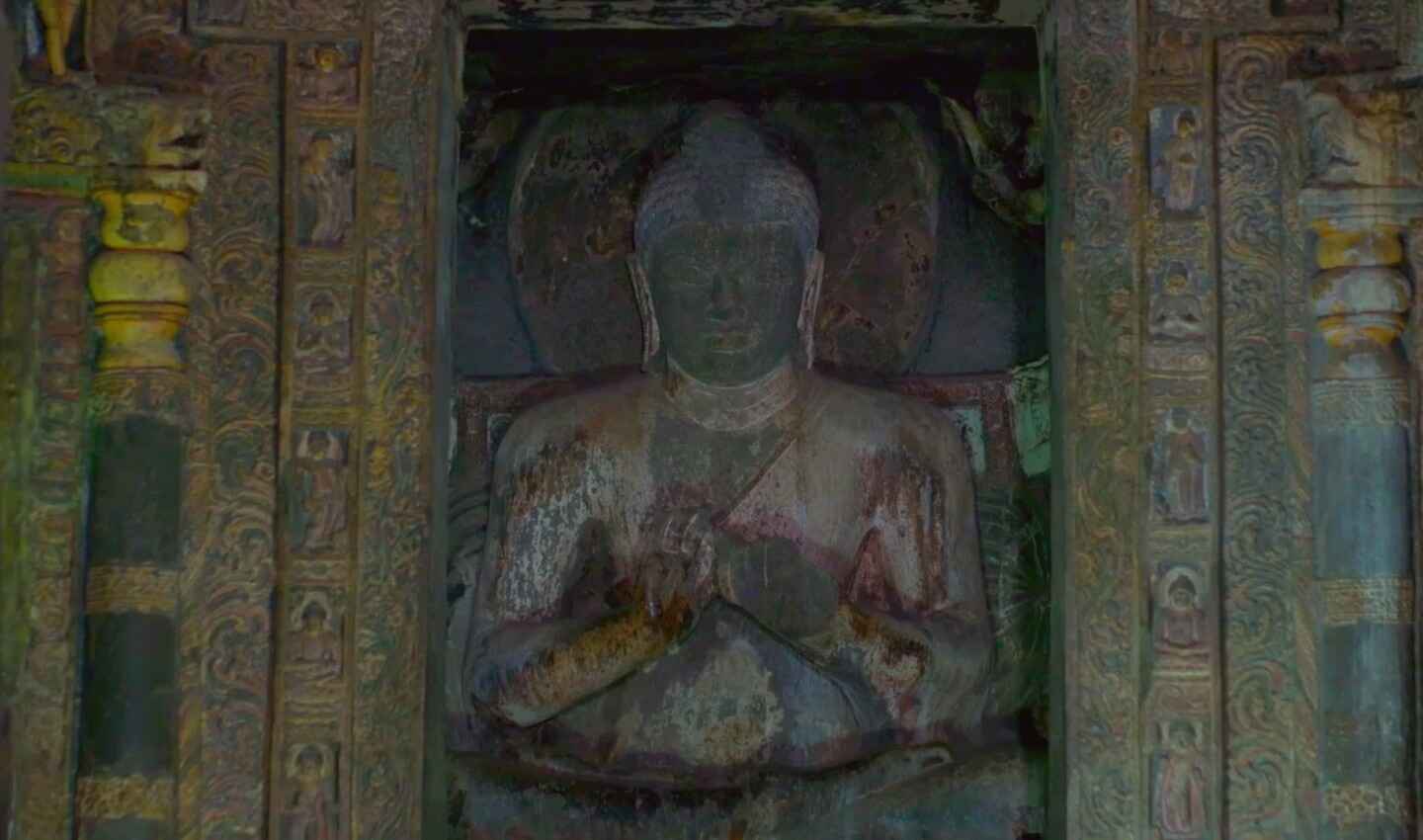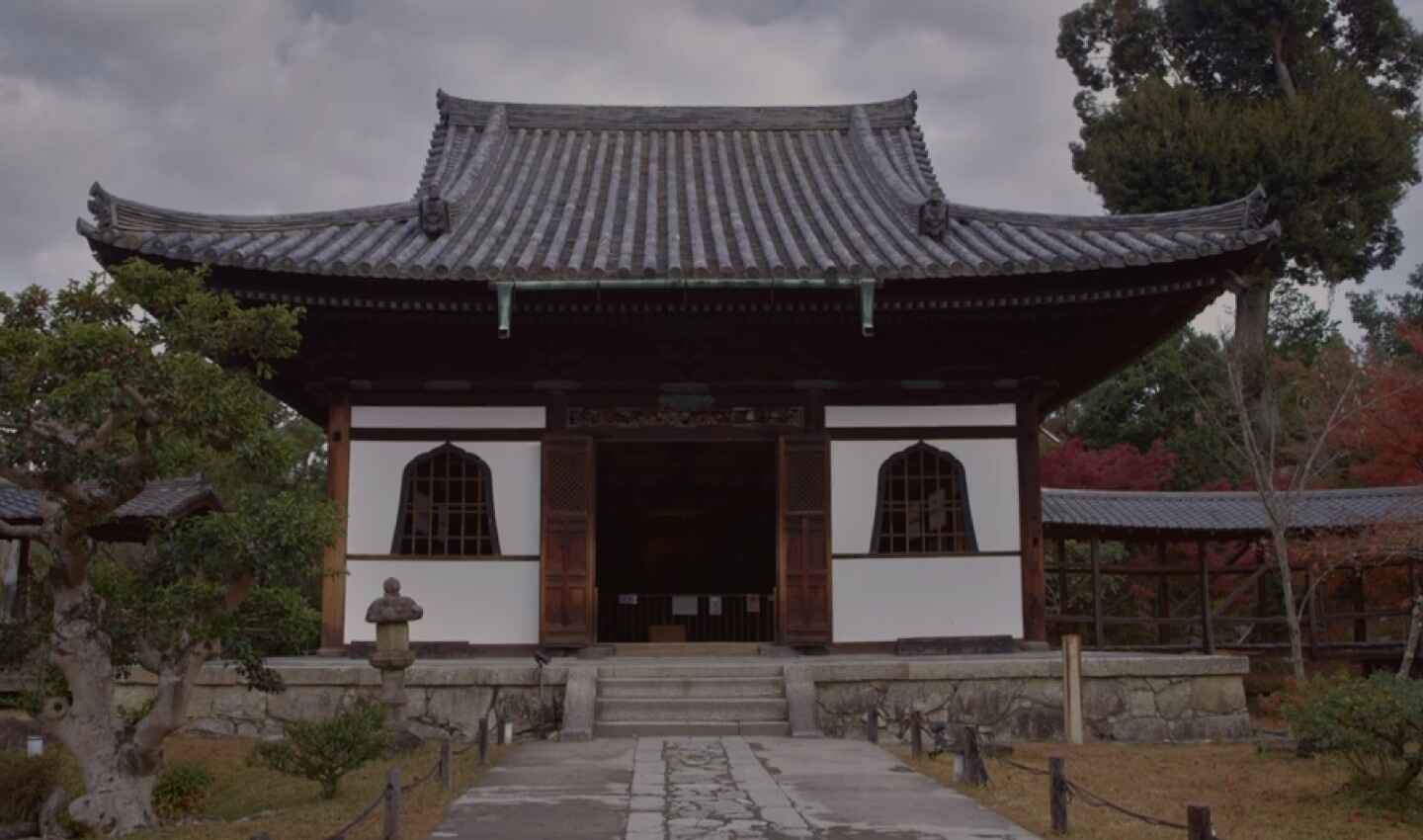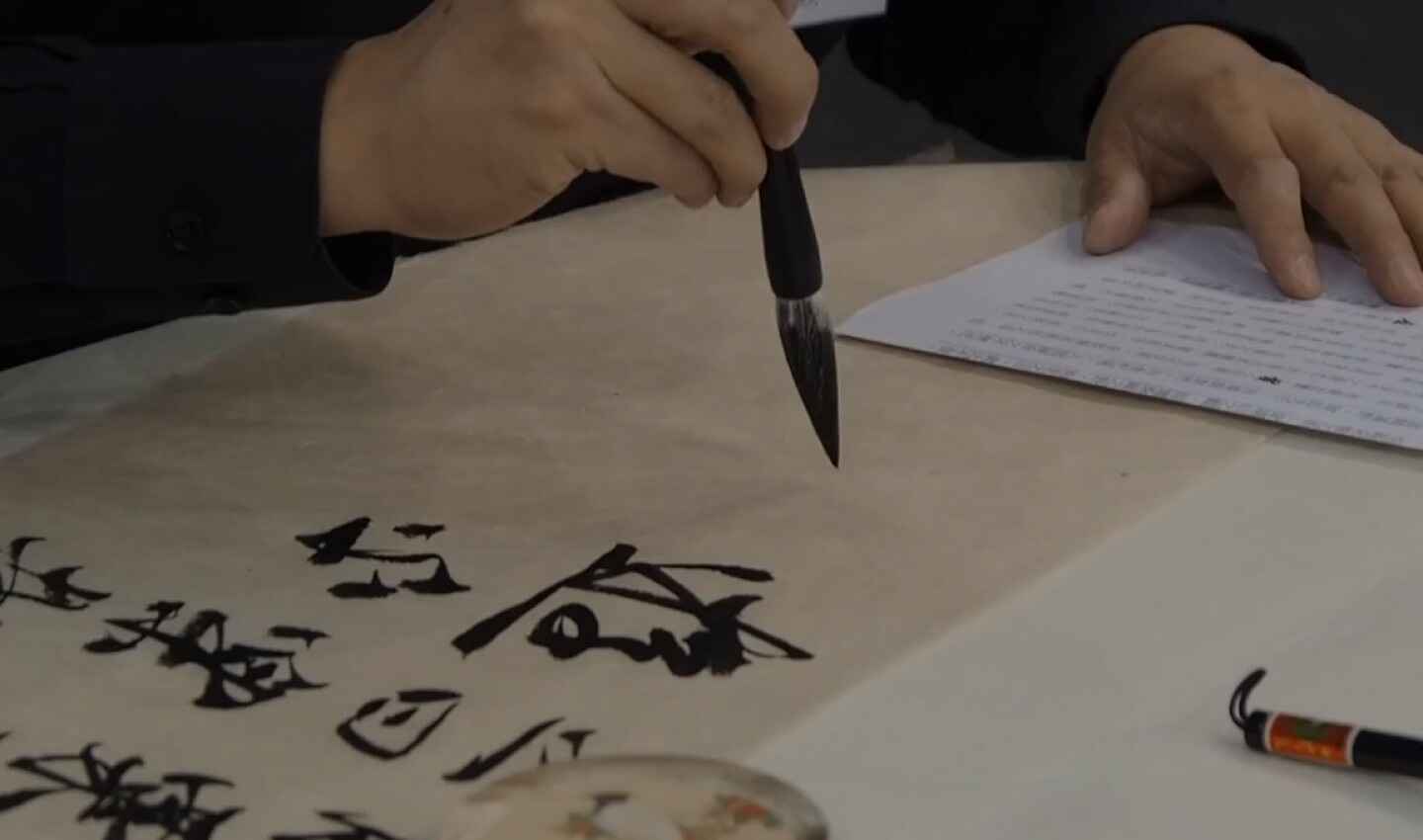GO, SET THE WORLD ON FIRE!

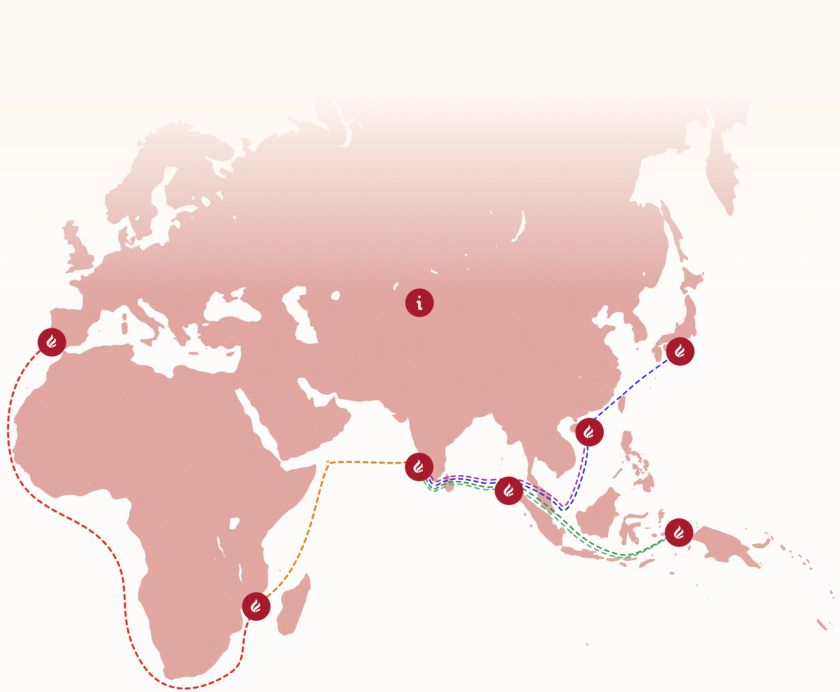
Understanding Asia through the Voyages of St. Francis Xavier
-
Portugal-Mozambique Apr-Aug 1541
-
Mozambique-India 1542
-
India-Malacca 1545
-
Malacca-Molucca 1546
-
Molucca-India 1546
-
Return trip India to Japan 1549-52
-
India to Shangchuan Island 1552

Understanding Asia Today Through The
Letters of Early Jesuit Missionaries

Letters of St. Francis Xavier
A Window into Catholic Missions
Jesuit letters refer to the letters written by members of the Society of Jesus often written by missionaries who were sent to different parts of the world to spread the Catholic faith and establish missions. Jesuit letters are known for their richness and detail, and they offer valuable insights into the history, culture, and society of the time periods in which they were written.
Letters to Superiors in Europe
These letters were addressed to their superiors in Europe and were intended to provide information on the progress of their missions, as well as insights into the customs, beliefs, and practices of the people they encountered
A Valuable Historical Source
Jesuit letters are considered an important historical source, as they offer a first-hand account of the events and experiences of the time. They have been used by scholars to study a wide range of topics, including the history of colonialism, the spread of Christianity, and the interactions between different cultures and civilizations.
Jesuit Philosophy of Living
Jesuits were always deeply involved in scholarship, in science and in exploration to free a person from predispositions and biases, thus enabling free choices leading to happy, fulfilled lives. The Institute is built upon that philosophy of living.
A Legacy of Scholarship and Inquiry
The Jesuits have a long tradition of scholarship and scientific inquiry, and many Jesuits throughout history have made significant contributions to various fields of science. Jesuit scientists of note include Giovanni Battista Riccioli, a 17th-century Italian astronomer who made significant contributions to the study of lunar geography; Pierre Teilhard de Chardin, a French paleontologist and philosopher who made important discoveries in the field of human evolution; John Courtney Murray, S.J. a theologian who wrote extensively about religious freedom as defined in the First Amendment of the U.S. Constitution. He was a staunch supporter of the US Bill of Rights.
The Global Roots of the Society of Jesus
The Institute will use the Jesuits, and in particular Francis Xavier's historical role in Asia, as the foundation of the Institute's programs. It will follow the Francis Xavier journey “map” in the front hall of Sons of Xavier Center and focus on three countries central to St. Francis Xavier’s Journey where the global roots of the Jesuits were grown and nurtured: India, Japan and China.
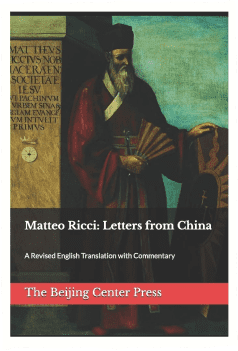
Letters from China
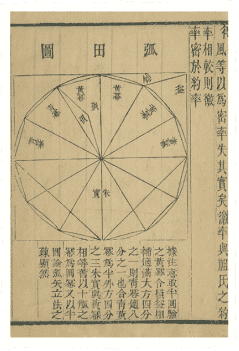
Jiuzhang Suanshu
Matteo Ricci : Letters from China
"But We must look at China as it really is, at the extraordinary phenomenon of Chinese culture, in all its richness and variety. More than a thousand years ago, before they even knew of Jesus, they seem to have managed rather well! If we want the Chinese to believe in God, and in the Incarnation, to believe that the Lord can bring their souls peace in the life to come, then we must use their language to make known our Gospel. We must enable them to approach the Lord and understand him in ways to which they are accustomed. That is why I have been striving so hard to put the Bible before them in the Chinese language. At the same time, we must enter deeply into their lives, their world. We must learn to understand them. This is necessary if we are to win their trust, if we are to build a foundation for a true dialogue. That is why I have expended so much of my energy in studying Chinese culture, in reading their texts, and rendering their classics into Latin, adding my own commentary and then sending it all the way to my brothers in Rome. We must not fall into ways of religious warfare and strife. I firmly believe that is God's love, that love alone, that has the strength to prevail.”
- From the letters of Matteo Ricci, S.J.
Christian Encounters with Early Modern East Asia
- M. Antoni J. Ucerler, S.J.
OUR MISSION
The purpose of the institute is to promote cross-cultural understanding & appreciation of Asia's diversity and complexity to participating Jesuit High School faculty and students
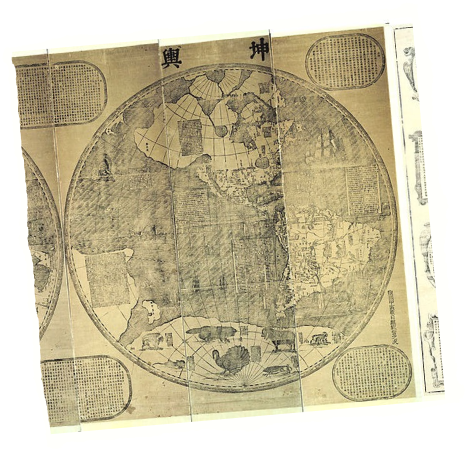
Jesuit missions to India
The Jesuit played an important role in the development of India during the 16th and 17th centuries. They were among the first Europeans to establish a presence in India, and they quickly became involved in a range of activities, including evangelization, education, and diplomacy. One of the most notable Jesuits...
Learn MoreJesuit missions to Japan
The Jesuits also played an important role in the development of Japan during the 16th and 17th centuries. The Jesuits first arrived in Japan in 1549, when Francis Xavier and his companions landed on the island of Kyushu. They were initially welcomed by the Japanese, who were curious about the foreigners...
Learn MoreJesuit missions to China
The Jesuit missions in China, spanning the 16th to 17th centuries, played a pivotal role in bridging Chinese and Western realms. Led by luminaries like Matteo Ricci, these Jesuits introduced Western knowledge, science, and culture to China. Their engagement with the Chinese imperial court fostered rich intercultural...
Learn MoreLII-HAYBYRNE INSTITUTE
The approach to education by the Institute For Asian Studies
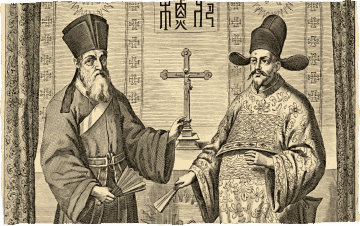
The history of the Jesuits in India, Japan and China and their impact on each country
Learn More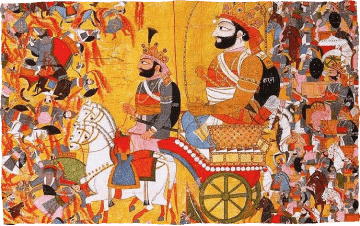
Discussions of Indian, Japanese and Chinese, literature, biography and nonfiction
Learn More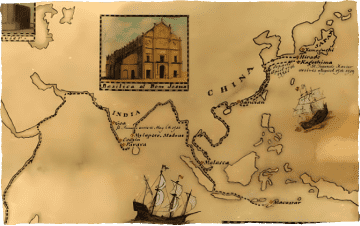
Lectures, readings, movies of social, political and economic institutions and structure
Learn MoreLII-HAYBYRNE INSTITUTE
Learn The Similarities And Differences
of Cultures Through Different Experiences
Travel to and live in either India, China, or Japan for a minimum of three weeks, living and studying
under the auspices of a partner Jesuit High School in each country.
